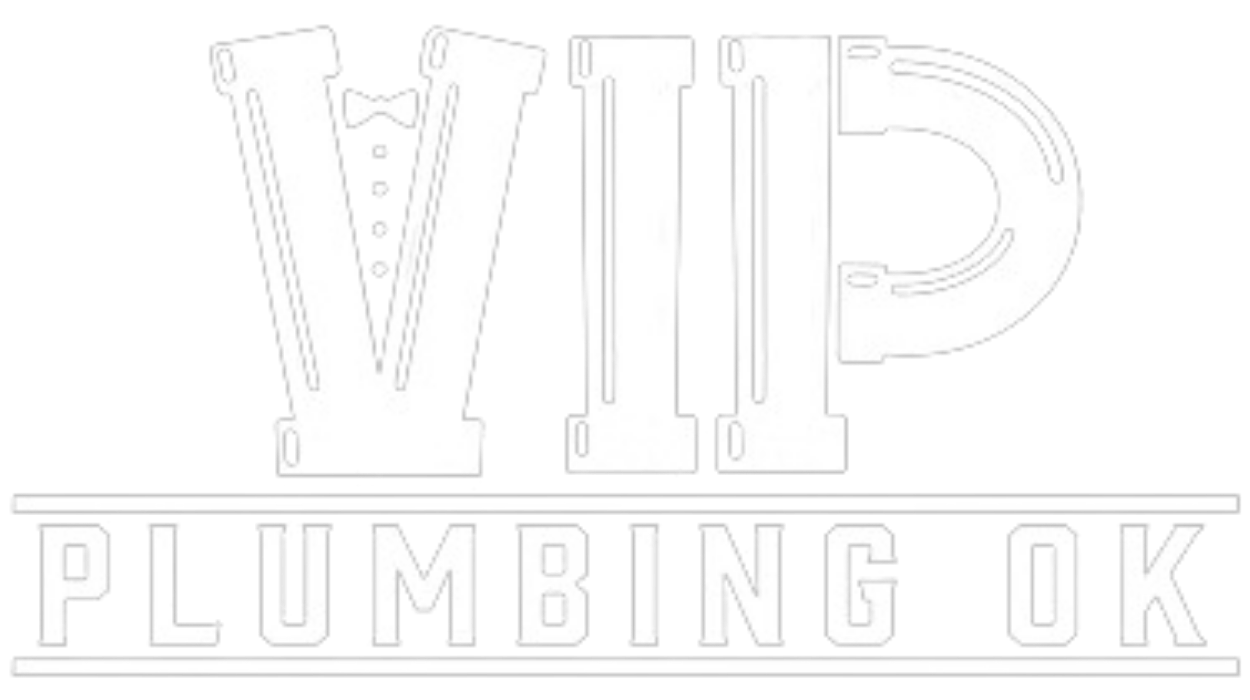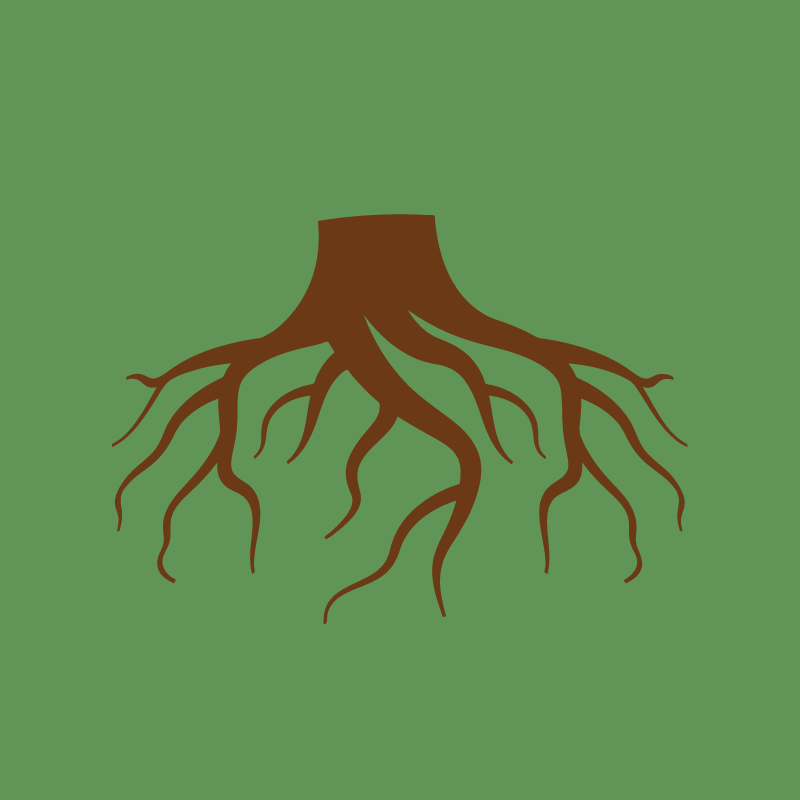The allure of a well-landscaped yard is undeniable, but without the proper precautions, the very elements that elevate your home’s curb appeal could threaten its integrity. Among these hidden threats are the intrusive roots of trees, seeking moisture and nutrients, often at the cost of your sewer lines.
In this article, we aim to provide homeowners with strategic insights into how landscaping choices can significantly impact the health of their sewer lines, guiding them through proactive measures to prevent costly repairs and ensure the longevity of their underground infrastructure.
Understanding the dynamic between tree root growth and sewer lines is crucial for any homeowner looking to maintain a functional and efficient plumbing system. In the following sections, we’ll delve into how roots interact with sewer lines, the signs of root intrusion, and preventative strategies that can be taken to prevent sewer line damage from tree roots.
Root Growth and Sewer Line Vulnerability
Tree roots naturally gravitate towards sources of water, especially in search of relief during dry conditions. Unfortunately, residential sewer lines often become unintended targets. These pipes carry moisture and nutrients that roots detect and follow, leading to potential intrusion and damage.
Common Points of Entry
Most sewer line materials are susceptible to invasion, especially older clay and concrete pipes that may already have small fissures or joints. Aging plumbing is most susceptible.
Pipe Joints
Roots are more likely to enter at points where two pipes are joined together. The shifting soil surrounding the sewer line can allow pipe joints to separate, making entry simple.
Cracks
As sewer lines age, the materials naturally weaken, causing small cracks to form along the sewer line. Tiny roots will enter, and as they grow, so does the crack, allowing more space for roots to invade.
Proactive Landscaping Strategies
Careful selection of the correct tree varieties and proper positioning of these trees when designing a yard’s landscaping can help enormously.
Choosing the Right Trees
Not all trees pose the same risk to sewer lines. Selecting tree species with less aggressive root systems can reduce the likelihood of root intrusion.Speaking with an experienced landscaping company will help guide you to select the most beautiful species that are not a risk to sewer lines.
Strategic Planting Locations
Where you plant can be just as important as what you plant. By understanding and implementing strategic distances and placements relative to your sewer lines, you can enjoy the benefits of a beautiful, tree-rich yard without compromising your plumbing. Tips on how to map out your yard’s layout can also be addressed with your landscaper.
Signs Of Root Intrusion
Detecting an issue with tree root intrusion is not easy since the sewer line runs below the ground. Here are some tips to help detect this problem as soon as possible.
Slow-To-Empty Drains
When multiple drains are affected and become slow draining the sewer line is often the culprit as tree roots block the natural flow of wastewater.
Frequent Clogs
As tree roots grow inside the sewer line they slow the passage of wastewater. This can cause individual drains that empty into the sewer to clog more frequently as slower water no longer has the pressure to move solid waste along the drainage system’s path.
Gurgling Sounds
These noises occur as wastewater attempts to pass by the intruding roots causing air bubbles to form. Gurgling plumbing is a frequent sign of sewer line issues.
Professional Remedies and Maintenance
When homeowner’s awareness and attempts at protecting their sewer line fail, professionals may need to be brought in to remedy the situation and save the sewer line. Here are some ways they can help.
Mechanical Root Cutting
A professional can be hired to use a cutting device intended for root removal. This machine works perfectly on young and tender roots but it is also effective if the stronger roots have taken over.
Hydro Jetting
Using the force of high-pressure water, plumbers can quickly clean and clear plumbing pipes. This eco-friendly approach is popular because it uses only fresh water and not harsh and toxic chemicals, as some other root-removing methods do.
Root Growth Inhibitors
A landscaper can be engaged to apply root-inhibiting solutions that slow tree root growth. They can also physically cut tree roots back, separating them from the sewer line for protection.
Looking For a Professional Plumber To Help You Protect The Integrity Of Your Sewer Line?
Tree root intrusion into sewer lines is a manageable concern, provided that h are equipped with the right knowledge and tools. Understanding the relationship between root growth and sewer line health is the first step toward preventing potential damage. By choosing appropriate trees and considering their placement in relation to your home’s plumbing infrastructure, you can mitigate the risks and enjoy a lush, beautiful yard.
Despite the best preventative measures, nature can be unpredictable, and issues may arise. Regular inspections and maintenance are key to ensuring that minor problems don’t escalate into major disruptions.
If you are worried that tree roots are compromising your sewer lines or if you’re planning a landscaping project and want to protect your plumbing, contact our staff. Don’t wait until the problem develops or becomes critical
Schedule a consultation today to safeguard your home’s infrastructure and ensure peace of mind, knowing that your sewer system and your landscaping can coexist harmoniously. Let us help you make informed decisions that balance beauty and functionality in your home environment.

